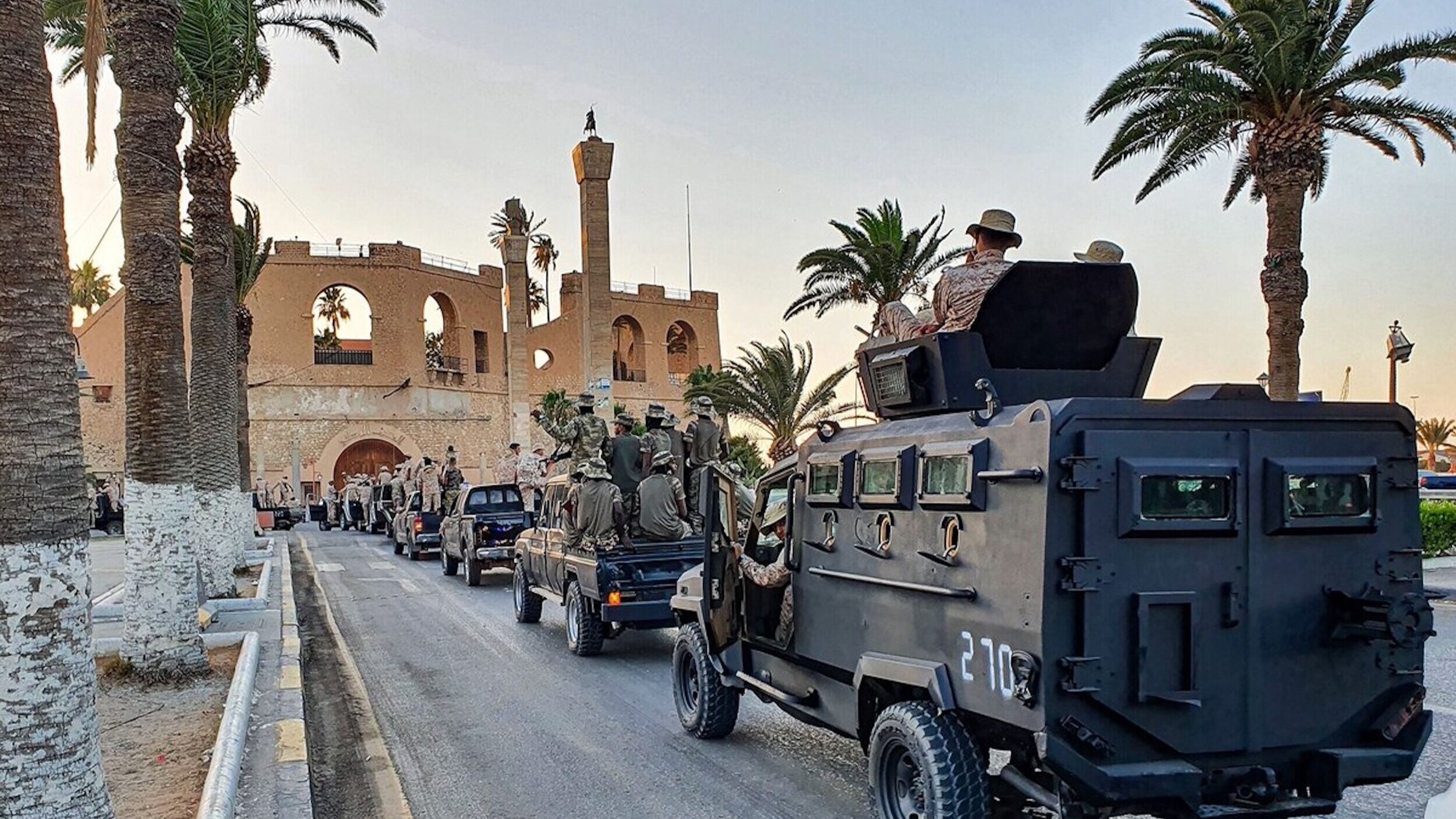Ninety two days: How Mercenaries Shape Libya’s Conflict and its Resolution
Photo Credit Military Times
On October 23rd the rival military factions to conflict in Libya announced a 12 point permanent ceasefire agreement ending 18 months of conflict. However, the first condition of the Libyan ceasefire is ‘the departure of all foreign mercenaries from Libya’s territories within the next three months’. The text is a rare acknowledgement by both sides of the degree to which foreign powers have shaped Libya’s conflict. However, the urgency and time set for their departure, ninety two days, establishes a new deadline for foreign powers behind the mercenaries to decide their next move that could make or break Libya’s delicate peace process.
How foreign powers shaped Libya’s conflict
In June a UN Panel of Experts called out the extensive use of mercenaries by Russia, the UAE and Turkey in the already highly protracted and complex multipolar conflict in Libya - an issue the UN now views as a central obstacle to it’s latest efforts to broker a multi track peacebuilding process announced last month in Geneva. The estimate of the Russian mercenary contingent alone suggested that the Russian private military and security company (PMSC) Wagner Group had recruited somewhere between 800 and 1,200 mercenaries in Syria to fight on behalf of Khalifa Haftar, the self styled leader of the Libyan Arab Armed Forces (LAAF). The dark figure is likely to be much higher when considering that the United Arab Emirates (UAE) and Turkey have also partially outsourced their military operations to mercenaries themselves.
While the extensive use of guns-for-hire in direct combat constitutes a breach of an arguably globally weakening anti-mercenary norm in favour of training and equipping local forces, in Libya the consequences of delegating military combat services to a growing external mercenary force, are part of a growing trend, and their presence could be catastrophic for the course of the UN brokered political process. Mercenaries add another layer to a multipolar conflict where there is already no effective civilian control on either side over those under arms, and a need for Libyan local parties to guarantee a ceasefire that includes many armed groups they do not control in order to advance through political talks. If holding local factions to a ceasefire were not hard enough, mercenaries fight on the behalf of the Libyan factions, but are controlled by international actors, whose political conditions must be accommodated in any local political deal in order to guarantee an end to the conflict. Addressing the presence of mercenaries has therefore become an integral element of the UN-brokered permanent ceasefire deal reached in October 2020, under the newly established Libyan Joint Military Council (JMC), calling on all ‘foreign fighters’ to depart Libyan territories within three months. However, a recent change in language by the JMC calling for a “withdrawal of fighters from the contact line in the conflict” as opposed to their departure from Libya’s territories - “land, sea and air”, has shown how this condition of the ceasefire may face resistance from international actors, and demonstrates that they are perhaps not yet ripe for peace or may be waiting for political conditions to be met before they accept the ceasefire.
To read the full report download the PDF here.

